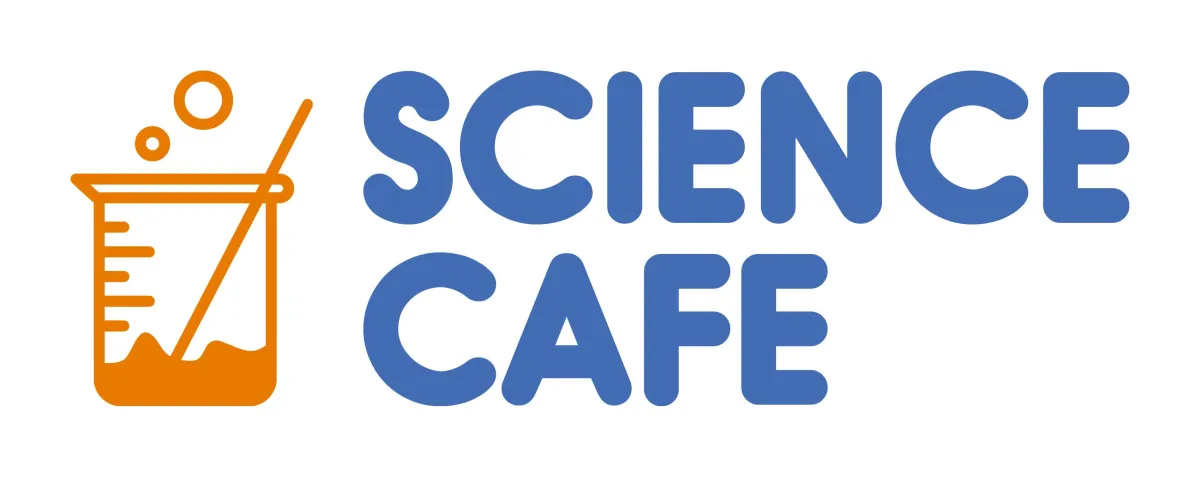Why Letting Students Type Their Exams Could Be a Game‑Changer for Inclusion
Keyboard Use Boosts Exam Performance by 15–17% — But Equity Still Matters
When University College London researchers asked pupils to complete mock exam essays both by hand and on keyboards, the results were startling. On average, students scored around 17% higher when typing than when writing by hand.
Even more striking, students with learning difficulties — including dyslexia and processing speed challenges — improved by around 14%. Typing didn’t just make the work neater; it changed how they thought, planned, and expressed ideas.
The study, covered by The Guardian, revealed that keyboard users wrote up to 50% more words overall (and 31% more for those with identified learning challenges). Those extra words weren’t just filler — they provided more space to build arguments, elaborate on evidence, and show understanding.
Why typing makes such a difference
Typing seems to free up cognitive bandwidth. Students spend less energy on handwriting, spelling, and line spacing, and more on the content of their ideas. For many neurodivergent learners, the physical act of writing can become a barrier — handwriting fatigue, slow output, or anxiety about presentation can all cloud the thinking process.
On a keyboard, ideas can flow faster. Edits are easier. The medium encourages drafting and refinement — key parts of effective written communication. In short, students can think more clearly when their hands aren’t holding them back.
The fairness question
As exam boards like AQA and Edexcel move toward digital GCSEs and A-levels (AQA has signalled a partial rollout by 2027), this research lands at a crucial moment. If typing leads to a measurable advantage, how do we ensure that all students have fair access?
Currently, typing proficiency varies dramatically between schools — and even within the same class. Some students have daily access to laptops or tablets; others only encounter keyboards during formal testing. This divide risks entrenching inequality: those with regular typing practice may not only write faster, but perform better when exams go digital.
The move to online assessment could unintentionally reward access over ability unless schools take deliberate steps to bridge that gap.
What schools and parents can do now
Integrate touch-typing early.
Typing should be treated like handwriting once was — a practical skill worth teaching explicitly. Even 10 minutes of daily typing practice in Key Stage 2 or 3 can pay dividends by GCSEs.Normalise digital writing in class.
Whenever possible, allow students to submit essays, notes, or reflections digitally. This not only prepares them for online exams but builds familiarity and comfort.Audit access and plan for equity.
School leaders should assess which students have regular device access and which don’t. Shared laptops, lending schemes, or grant funding can help close the gap.Train teachers in digital assessment literacy.
Typing is just one part of a larger shift. Teachers need time and training to understand how digital exams change marking, feedback, and the nature of student expression.
A bigger conversation
This isn’t just about keyboards — it’s about rethinking how students demonstrate learning. If the medium changes the message, then assessment design must evolve too. The traditional handwritten exam may no longer be the fairest or most accurate reflection of what students know.
For neurodivergent and disabled learners especially, the keyboard isn’t an advantage — it’s a leveller. The question isn’t whether typing makes exams easier; it’s whether handwritten exams have been silently making them harder all along.
Final thought
As one UCL researcher put it, “If a simple change in medium can raise attainment by 15%, we need to ask what we’re really measuring.”
The shift to digital exams isn’t just a technical update — it’s an ethical one. Our challenge now is to ensure that when the keyboard becomes the norm, every student’s fingers can reach the keys.



